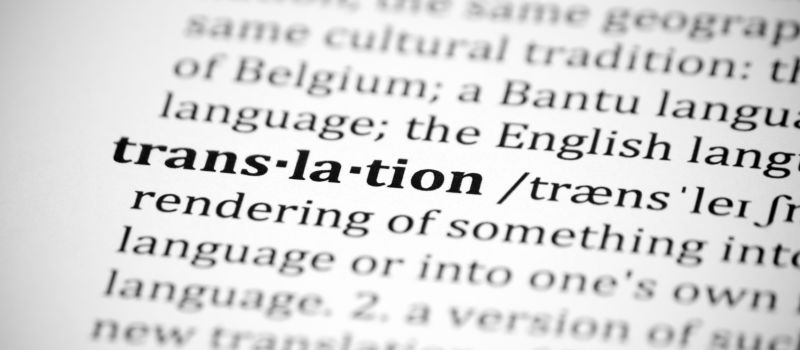BINZ Consulting - Innovative Energy Solution Consulting
BINZ Consulting - Innovative Energy Solution Consulting
Translation

We can translate your Korean marketing material, online resources and any other contents to English. We provide high quality, cost effective Korean - English and English - Korean professional translation services. Many of our clients use our corporate Korean translation services.
We can provide, amongst many others, legal, technical, marketing, website, medical, certified, business, financial and personal translation services, in addition to translations for the public sector and certificates. Our professional translation services stretch across a host of varied requirements, so we are exceptionally well-equipped to serve you.
How the Korean Language Came About
Worldwide, there are around 78 million Korean speakers. It is the native language of North and South Korea and is widely spoken in neighbouring Yanbian, China as well as the Former Soviet Union, Brazil, Japan, The USA & Canada. The Philippines has also recently adopted this language. The language was originally written using "Hanja", the Chinese writing system. It is now mainly written in the Korean alphabet called ‘Hangul” with some Hanja mixed in. Hangul consists of 24 letters (14 consonants and 10 vowels) that are comprised of 2 to 5 characters and made up of blocks. Unlike the Chinese writing system, Hangul is not an ideographic system.
Traditionally, Korean was written in columns from top to bottom, and from right to left, keeping with most other East Asian languages. Today, Korean writing generally reads the same way as English – from left to right and top to bottom, though some texts, such as poetry, are still written in columns. Korean punctuation marks are almost identical to Western ones and, unlike Chinese and Japanese, modern Korean is written with spaces between words.
